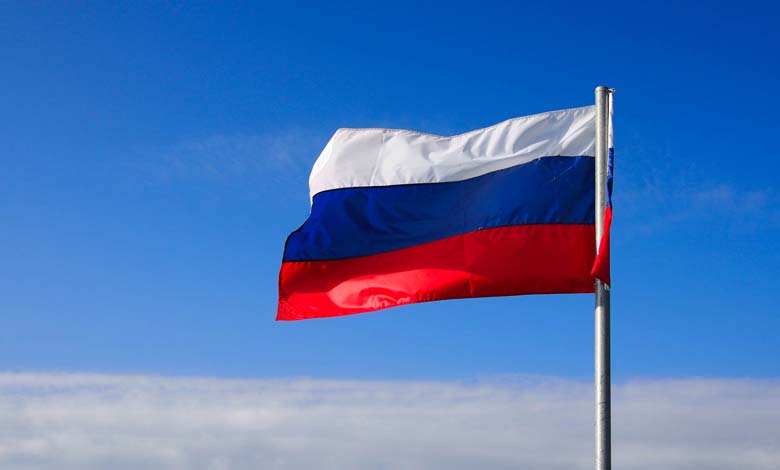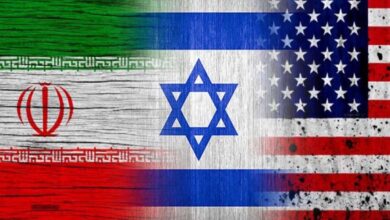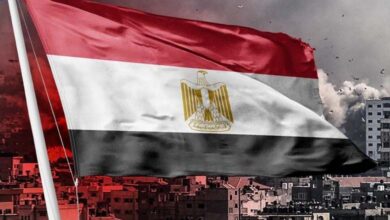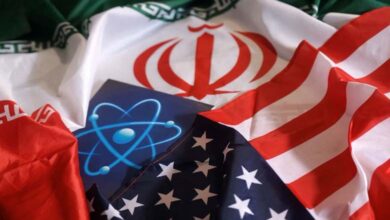What do the colors of the Russian flag symbolize?

On August 22nd each year, Russia celebrates National Flag Day with its tricolor of white, blue, and red.
According to Russian Foreign Ministry spokesperson Maria Zakharova during a press briefing, this date was adopted by presidential decree on August 20, 1994, “due to the restoration of the historic Russian tricolor flag on August 22, 1991, and to educate current and future generations of Russian citizens to respect the state’s symbols,” according to the document.
-
“The Russian Hell” shakes Ukraine… Learn about the “Doomsday” bomb
-
Targeting the Kremlin… Ukraine Fails in Its Counterattack on the Russian Capital
Zakharova noted that the first mention of the white, blue, and red flag dates back to 1668, when it was raised on the first Russian ship, the “Orel,” during the reign of Tsar Alexis Mikhailovich, before it became the personal banner of Tsar Peter the Great in 1693.
In 1896, a special meeting at the Russian Ministry of Justice, convened by Emperor Nicholas II, decided that the flag should “be definitively white, blue, and red without any other color.”
-
After the Escalation of the Russian-Ukrainian Conflict: Major Global Food Crisis Looms
-
Biden wants that Turkey renounce the Russian S-400 missile defense system
Zakharova added, as reported by “Russia Today,” that there is no official explanation for the colors of the flag, but the most common descriptions are as follows:
- White symbolizes purity, independence, and peace.
- Blue represents faith, loyalty, and justice (it also reminds us of the blue robe of the Virgin Mary, considered a symbol of Russia).
- Red is a symbol of courage, strength, and bravery, as well as a tribute to the citizens who sacrificed their lives to protect the motherland.












